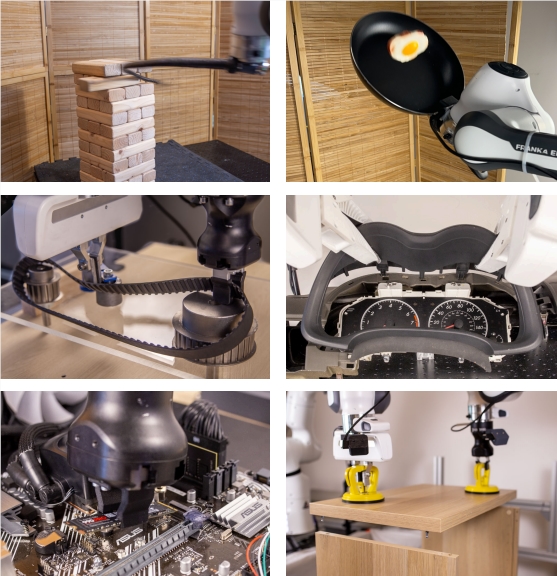Recently, the research team led by Sergey Levine from the BAIR Lab at the University of California, Berkeley, has proposed a reinforcement learning framework called HIL-SERL, designed to tackle the challenge of robots learning complex operational skills in the real world.
This new technology combines human demonstrations and corrections with efficient reinforcement learning algorithms, enabling robots to master various delicate and dexterous tasks, such as dynamic manipulation, precision assembly, and dual-arm collaboration, within just 1 to 2.5 hours.
Previously, teaching robots new skills was a laborious process, akin to guiding a stubborn child through homework, requiring hands-on instruction and repeated corrections. The complexity and variability of real-world scenarios often resulted in slow learning and rapid forgetting, with robots frequently "crashing."

The HIL-SERL framework is like hiring a "tutor" for robots, providing detailed "textbooks" in the form of human demonstrations and corrections, along with efficient learning algorithms to help robots quickly acquire various skills.
With just a few demonstrations, robots can perform various operations with precision, from playing with building blocks and flipping pancakes to assembling furniture and installing circuit boards, proving to be highly capable!
To enhance learning speed and quality, HIL-SERL introduces a human-robot interaction correction mechanism. Essentially, when a robot makes a mistake, a human operator can intervene to correct it, feeding this information back to the robot. This allows the robot to continuously learn from errors and avoid repeating mistakes, ultimately becoming a true expert.

After a series of experiments, the effectiveness of HIL-SERL is impressive. Robots achieved nearly 100% success rates within 1 to 2.5 hours across various tasks, with operation speeds nearly double those of previous methods.
Importantly, HIL-SERL is the first system to use reinforcement learning for dual-arm coordination based on image inputs in the real world, enabling two robot arms to collaborate on more complex tasks, such as assembling synchronous belts that require high coordination.
The emergence of HIL-SERL not only showcases the immense potential of robot learning but also points towards future industrial applications and research directions. Perhaps in the future, each household will have a robot "apprentice" to assist with chores, furniture assembly, and even gaming, which sounds quite exciting!
Of course, HIL-SERL has some limitations. For instance, it may struggle with tasks requiring long-term planning. Additionally, it has primarily been tested in laboratory environments and has not yet been validated in large-scale real-world scenarios. However, with technological advancements, these issues are expected to be gradually resolved.
Paper link: https://hil-serl.github.io/static/hil-serl-paper.pdf
Project link: https://hil-serl.github.io/
